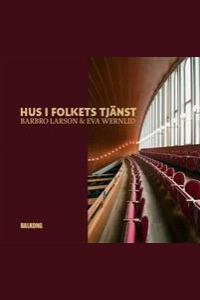
Fascismo Abbandonato : The Children's Colonie of Mussolini's Italy
Bok av Dan Dubowitz
During Mussolini's Fascist regime (1923-43) 'colonia' - holiday centres for children - were established on the northern Italian coasts. Run by paramilitary youth organizations, they brought together modernist architecture, fresh air and discipline with the intention of converting the body and soul of Italian youth to fascist principle. The colonia were far removed from both the towns of Italy's past and from the traditional structures of family and community. They offered a dramatic daily programme of activity with marching, synchronized exercise and gymnastics, flag raising, saluting and swearing of allegiance to the regime. It was a programme that in turn inspired architectural features in the buildings - including towers, ramps and elevated platforms - all designed to dramatise the parades and presentations by the young people. Even in the context of massive public works programmes, the building of the colonia offered unprecedented opportunities for progressive architects. They became a distinctive type of fascist building that evolved under the directives of the youth organizations. Despite the spectacle of the buildings, official policy declared luxuries as anti-educational and anti-social. Accordingly only the most basic of accommodation was provided. Dormitories were intimidating, open plan and stark; each might accommodate several hundred children. Italian parents routinely admonished recalcitrant children with the threat 'ti mando in colonia!' (Behave, or I'll send you to the colonia!). For a generation of Italians the experience of fascism was a formative one, from which some never recovered.







